When it comes to sugar, do you think of what?
It’s sweet!

It’s temptation!
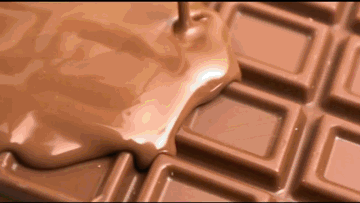
It’s all beautiful!
In 8000 BC, sugar was found in sugar cane in hot New Guinea. After that, sugar cane was transported to India and sugar entered Europe, bringing about earth-shaking changes in human eating habits.
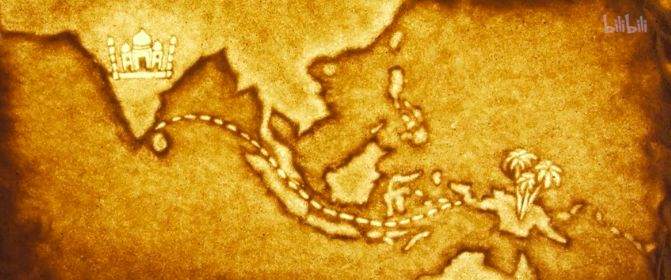
In Europe at that time, sugar was a luxury. Having a black tooth is a noble expression.
The picture shows Queen Elizabeth, who loves eating sugar and decayed teeth.
In the meantime, it is necessary to
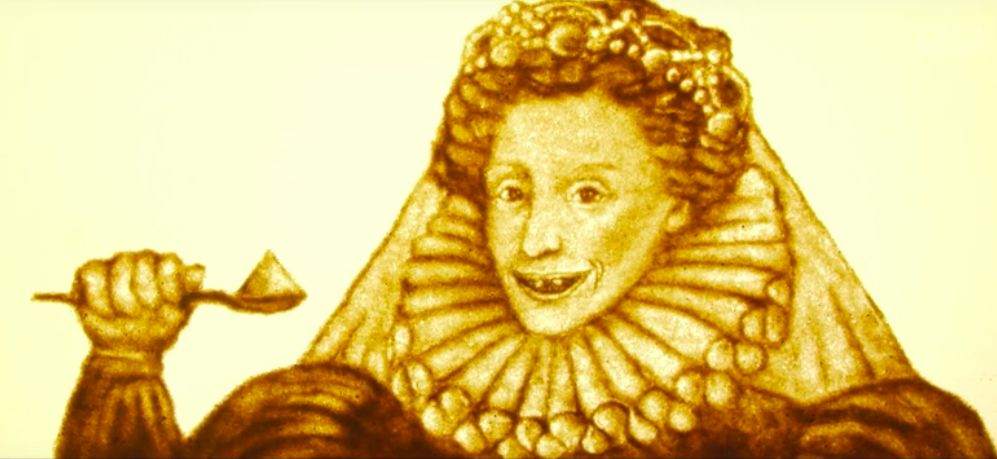
Everyone knows the following story:
Sugar has entered the life of the public from a noble exclusive product and has become a sweet condiment.
If all sugary food on the shelves of modern supermarkets is removed, only 20% of the food may remain.
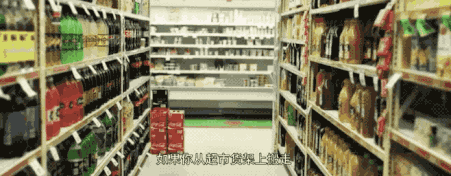
Sugar has not only entered our life, but has also become an important dietary preference and even quietly [controlled] our brains.
We will find that children are very fond of sweets. Once the door to sugar is opened, they cannot control themselves and even have tooth decay. Even adults are the same.
Sugar, what’s so magical about it that people are so fascinated?
Sugar is addicted to eating it.
When our eyes see attractive dessert, our brain will secrete a substance called dopamine, which makes people feel happy and happy.
[emm, is the taste of happiness.]
This comes from human primitive impulse and is also the result of natural selection.
When we eat dessert in one bite, things begin to get out of control.

When our taste buds touch sweet sugar, the brain will produce opioid substances-endorphins, which make us crazy.

This kind of reaction may evolve into unconscious behavior.
Over time, even if we don’t really eat sweets, we only need to see pictures, and the brain will react like the above.
However, the crazy feeling after each taste of sweetness will not last long.
The rapid secretion of insulin has controlled our blood sugar. It’s like pouring cold water on the restless young man.

But this suppressed desire is bound to make a comeback. When we realize that the pleasure of getting sugar can only last for a while, the brain will involuntarily control your mouth and consume more sugar, which cannot stop at all.
If someone stops you from eating sugar at this time, you will become groggy and inattentive.

However, if you are allowed to continue eating, you will also become groggy and listless due to blood sugar fluctuations.

Is this feeling similar to smoking and drug addiction?
Sugar, eat too much before you know it
Assuming that we define the amount of sugar per teaspoon as 4g, a normal person may consume at least 40 teaspoons of sugar a day.
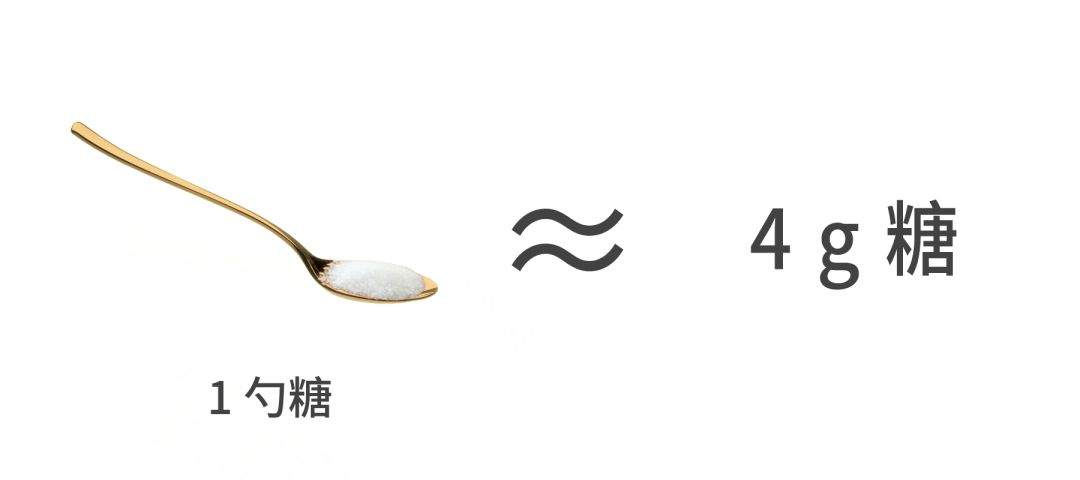
The response most people hear is: [So polysaccharide? Is it for food? ]
In fact, the amount of 40 spoons of sugar, if not slightly controlled, is very easy to exceed.
Let’s take snacks and drinks that are often favored by children as examples to see how much sugar Xiaomao will eat in one day.
Get up early and drink a glass of juice, and you will eat 19 spoons of sugar.
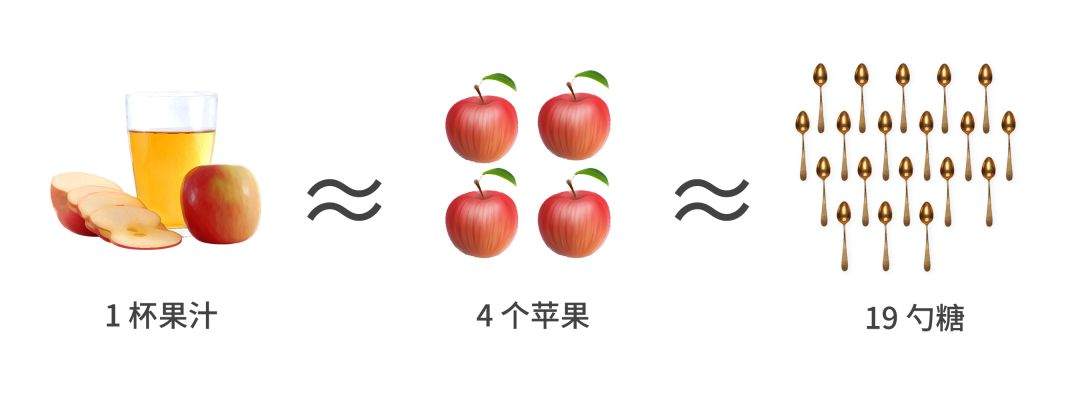
A few more sandwich biscuits, [twist-lick-lick-soak], only need 4 pieces, will eat 6.5 spoons of sugar.
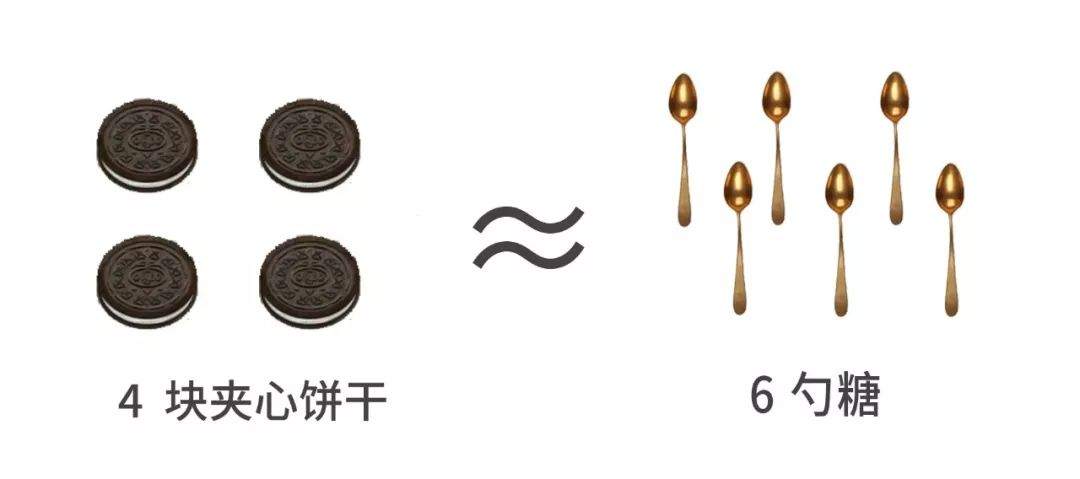
Thirsty in the morning, open a can of large fruit yogurt and eat 9.1 tablespoons of sugar easily.

I was too tired to play in the afternoon. I had a bag of jelly to refresh myself and liked to bring 5 tablespoons of sugar again.

Eat another big candy at will and successfully complete the target of 40 spoons of candy a day!
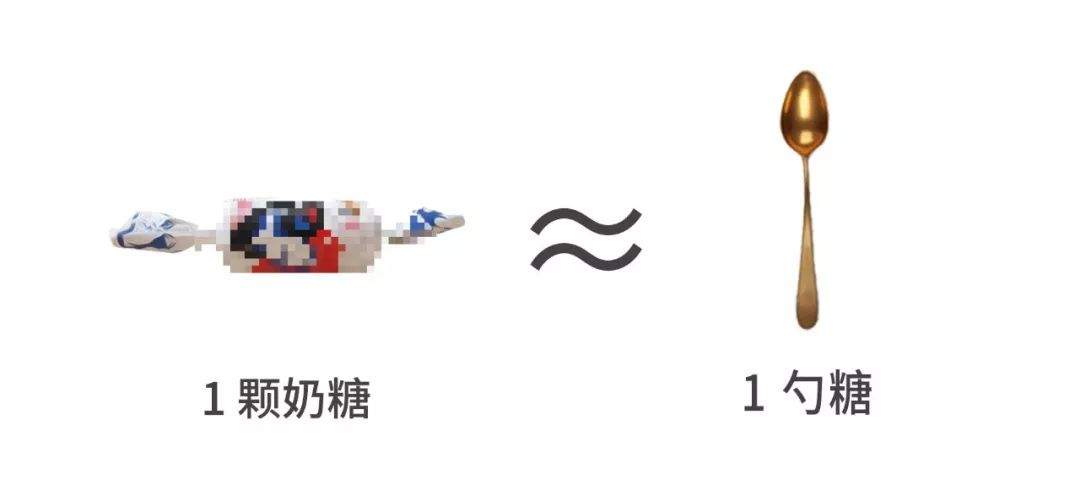
Surprise or not?
An accident is not an accident?
Eating 40 spoons a day is so easy.
If you take your children out to play and drink a large glass of mixed fruit milkshake, disaster will fall from the sky-
The child may drink another 40 spoons of sugar in one breath.
Does our body really need so much sugar?
In fact, in addition to the sugar naturally contained in staple foods, milk and other foods, the amount of extra sugar our body needs is: 0
Excess sugar will eventually turn into fat.
The sugar eaten into the body is far greater than the body needs.
Where did the extra sugar go?
Path 1: Enter the liver and become fat.
Daily grains and starch will be decomposed into glucose, which becomes an important source of energy for our bodies.
The sucrose in some sugary foods we eat, or the fruits and honey we eat all contain a kind of sugar called fructose.
Glucose will be quickly absorbed into the blood after entering the human body and immediately utilized, or enter the liver to become the stored energy in the body.
As for fructose, more is directly converted into glucose, glycogen and fat into liver.
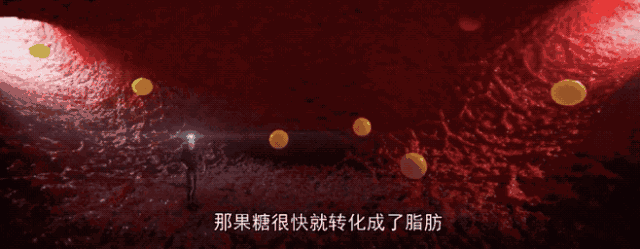
Fat will be transported to various parts of the body or accumulated in the liver, which will lead to high triglycerides and fatty liver.
Path 2: Enter subcutaneous cells and muscles and turn them into fat.
Glucose entering the blood (part of which is converted by fructose through the liver) makes our blood sugar rise rapidly.
First of all, insulin will first try to help excess sugar enter muscles to provide energy for exercise.
However, without exercise, the sugar consumed by muscles is extremely limited.
At this time, insulin will open the door of subcutaneous adipocytes to absorb all the remaining sugar and store it as our heavy fat.
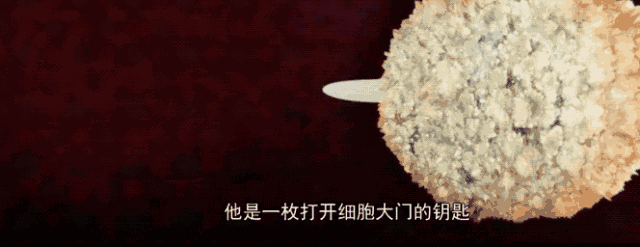
The World Health Organization recommends that the intake of free sugar (such as white granulated sugar and brown sugar, including sugar in honey and fruit juice) for adults and children be reduced to less than 10% of the total energy intake.
If conditions permit, the intake of free sugar should be reduced to less than 5% of the total energy intake.
For babies, the daily intake of free sugar should be about 10 ~ 15 g.
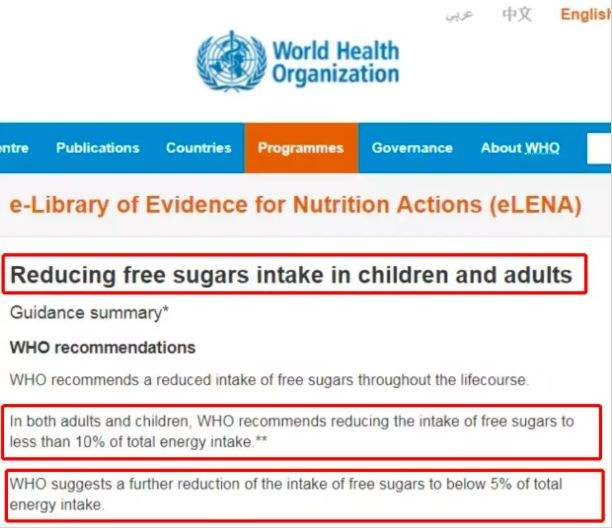
The child’s daily intake of sugar can easily reach 40 spoons (160g).
This kind of thing continues, in addition to the harvest of more and more fat body and internal organs, will also happen what?
1. Quickly Destroy Children’s Teeth
Our saliva is secreted every 20 minutes to clean our mouth.
The uninterrupted intake of sugary drinks and desserts is equivalent to putting our teeth in sugar water. However, swimming in sugar water for 6 months will almost destroy our teeth.
2. Sugar [Addiction]
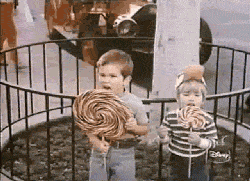
Children who cannot get candy will cry, make noise and be anxious. Children who get candy will suffer from blood sugar fluctuations and become groggy.
Childhood taste preferences will form difficult-to-adjust eating habits, affecting children’s whole life, followed by more diabetes, [three highs] and cardiovascular and cerebrovascular diseases.
Therefore, we suggest that no extra sugar should be added to the supplementary foods and snacks for children within 1 year old.
Even after the age of one, the intake of total sugar should be controlled:
-Drink more boiled water and less beverages;
-Eat more fruits and drink less fruit juice;
-Eat more authentic grains and less deep-processed desserts.
Reject the sweet trap of sugar and give the child a sober childhood.
